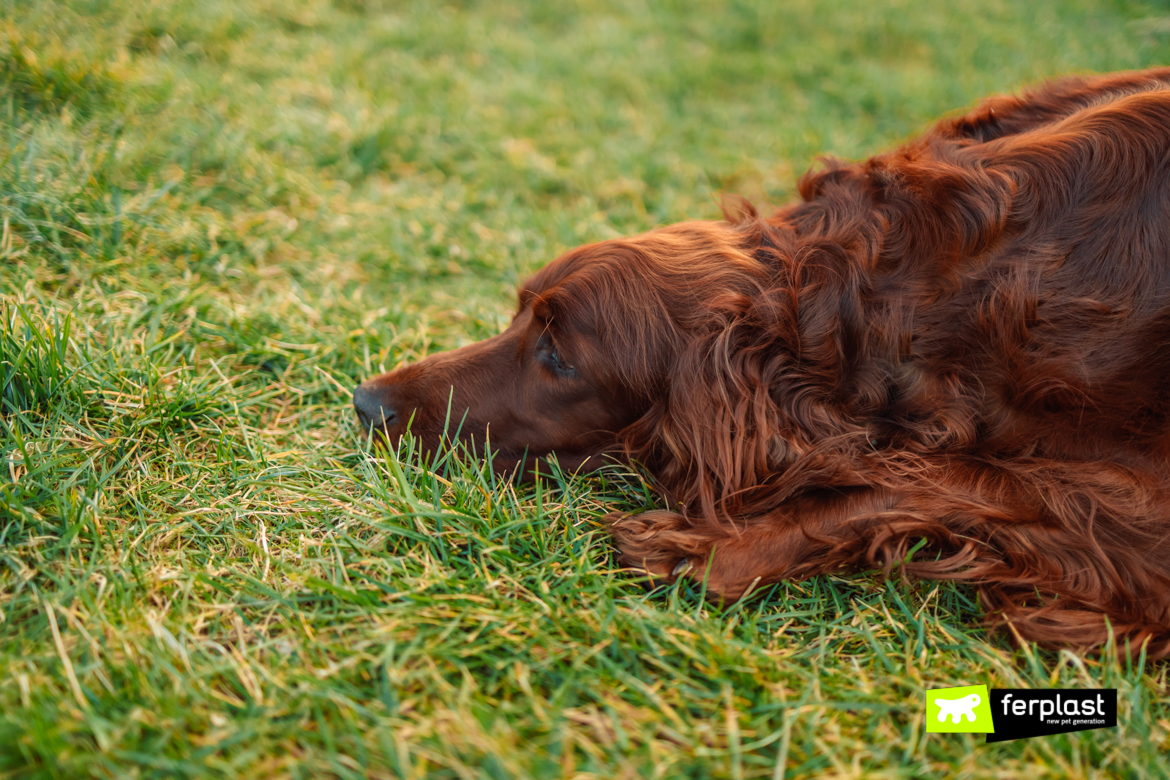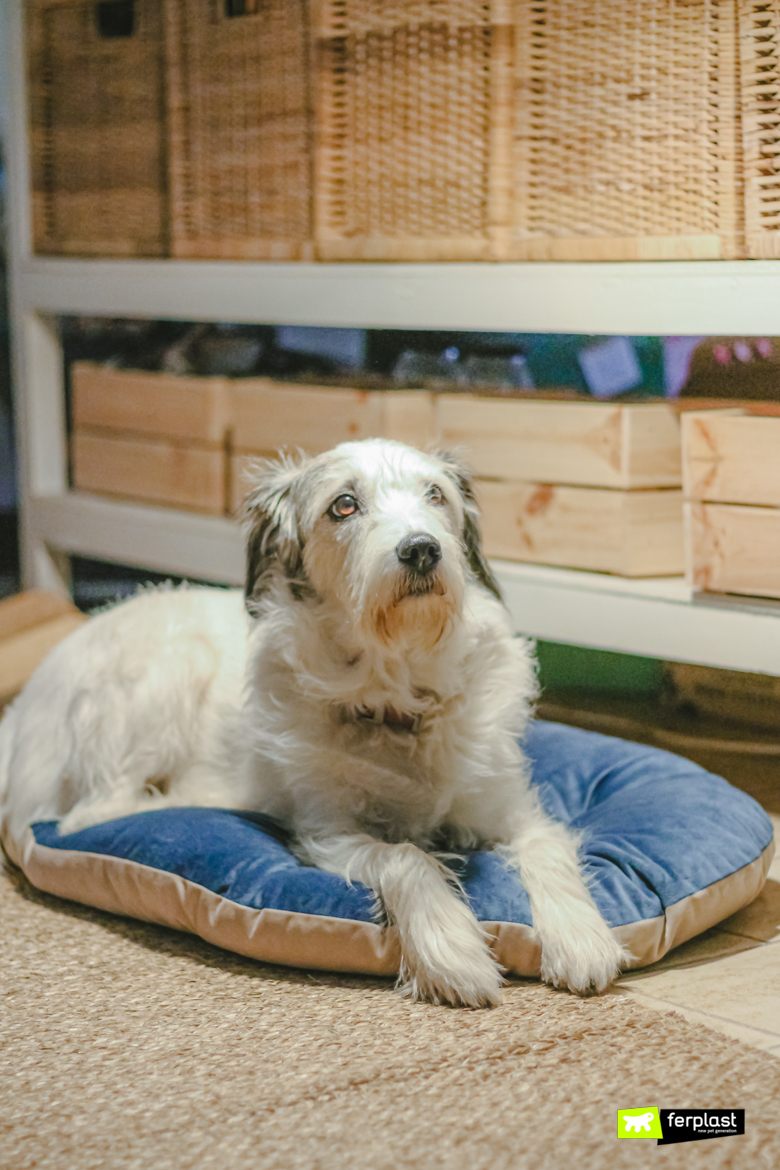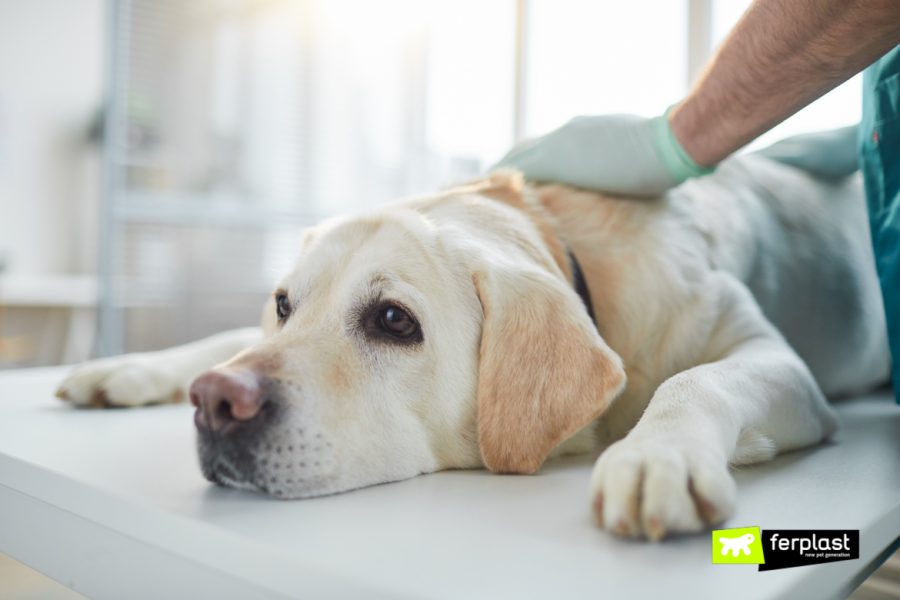Coccidia in animals are very common parasites responsible for coccidiosis.
These are intestinal parasitoses that attack immunocompromised puppies.
What coccidia are
When we speak of coccidia, we refer to protozoa, i.e. host-specific single-celled parasites. This definition means that dog coccidia only affect dogs, cat coccidia only affect cats, and rabbit coccidia only affect rabbits.

Coccidia infection is usually seen in puppies less than four months old. Symptoms can be seen as early as the third week. Puppies generally become infected by ingesting oocysts found in the environment. The peculiarity of oocysts, which indicate a stage in the life of coccidia, is that they can remain infectious in the air for several months.
The life cycle of coccidia
The life cycle of coccidia is direct. This means that it begins when the dog ingests coccid eggs that are present in the external environment, where another already infected animal has defecated. Inside the animal’s intestine, the eggs hatch and release the infesting larval forms.

Subsequently, the last organisms that have been created invade the cells of the intestine, destroying them. In the following days, the invading organisms multiply, producing new oocysts that are excreted into the environment in the form of faeces. Finally, after about four days, they become infectious.
Once these eggs are ingested, infection occurs and a new cycle of the parasite begins, which on average lasts between 1 and 4 weeks.
The symptoms of coccidia
In dogs and cats, coccidiosis usually causes the following symptoms:
– profuse and often haemorrhagic diarrhoea
– exhaustion and dejection
– severe dehydration and vomiting
– weight loss
– inflammation of the perineal area

Symptoms can occur in a more or less severe form, depending on the animal’s initial physical state.
If you notice even one of the symptoms listed above, it is important to contact your vet. He or she will perform a faecal examination to determine whether or not it is coccidia.
How to eliminate coccidia from animals and the environment
Once the diagnosis has been announced, the animal will undergo pharmacological treatment administered by the vet. The treatment should also be combined with symptomatic and supportive therapy, including stool thickeners and milk enzymes.
However, with regard to the environment, it is important to reduce the risk of infection by cleaning litter boxes daily and eliminating faeces.

Steam cleaning or chemical disinfectants can be used to render the oocysts in the environment non-infectious. Obviously, if chemicals are used, it is then necessary to remove all traces from the environment so that animals do not come into contact with them.
However, we recommend that you always consult your veterinarian to care for your puppies and ensure their health.

